When you click on the Apps tab in the App Store and scroll all the way down, you'll find app categories including Photo and Video. Here you'll find an incredible selection of the best photo and video capture and editing titles for your iPhone. But there is only one Camera.
That Camera with a capital letter "F" is the name of Apple's native application designed for taking visual records, i.e. photos and videos. It is the App Store that offers a real number of really better titles for it, which can do even more, but you will always come back to the Camera anyway. Why?
It could be interest you
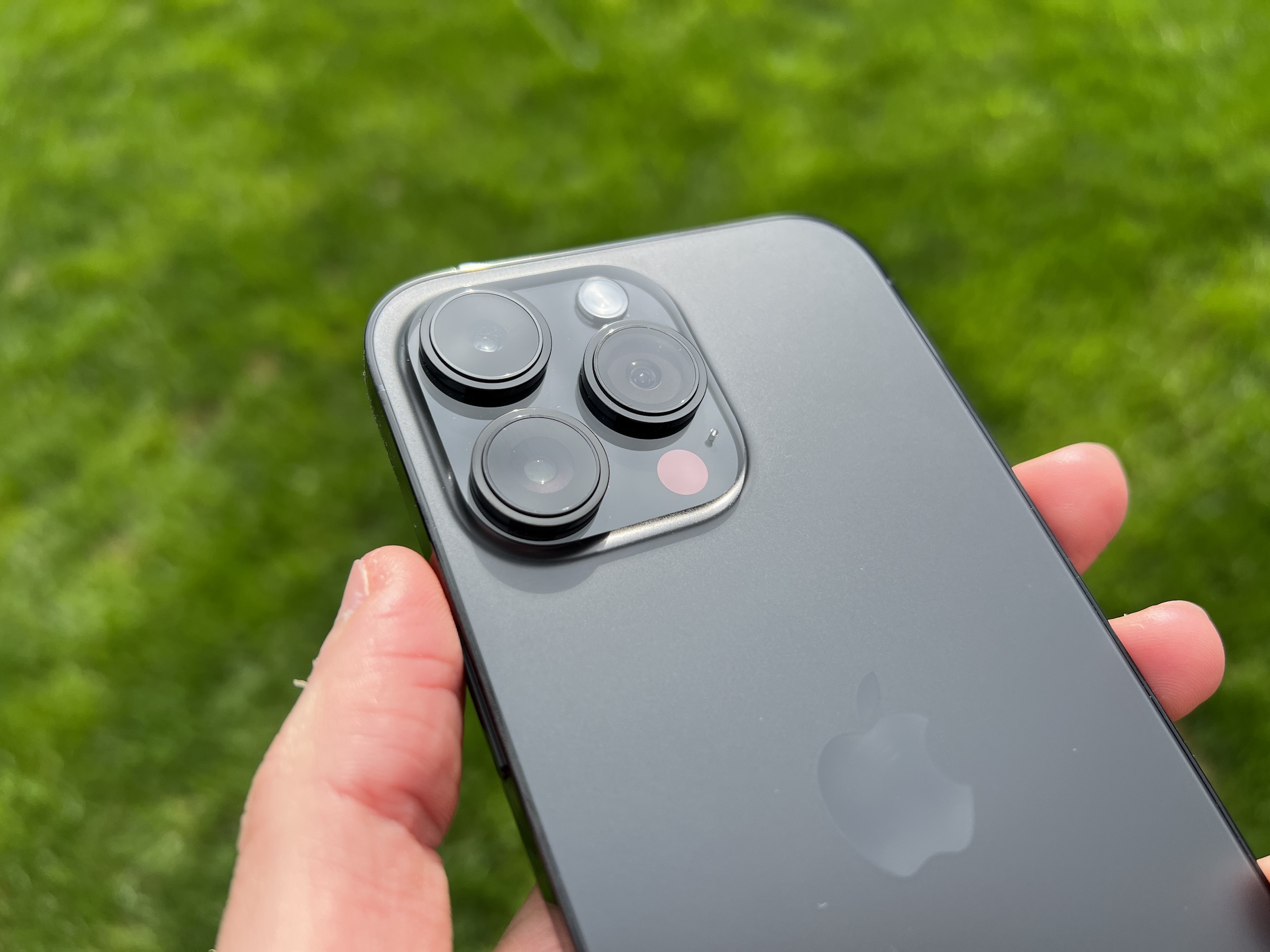
Across the system
There is no need to argue that mobile photography generally supplants that taken with "adult" technology, that is, one that is primarily intended for this, whether we are talking only about compact cameras or DSLRs. The reason is simple – the quality of mobile photos is constantly increasing, and the smartphone is also small and ready to act immediately.
If we relate the situation to iPhones, then here we have the Camera, which is available from the locked screen of the iPhone, it is also immediately available across the entire iOS environment through the Control Center. You can have as many third-party applications installed as you want, and even if they provide you with a number of benefits, such as typically manual input and thus determining individual photographic values (the Camera only knows the time for night photos, it won't allow you to manually determine the focus or ISO), they are not so linked system just like Camera.
So you have to look for an icon on the device's desktop, where you can insert a widget or a shortcut, but in neither case is turning on an application from a third-party developer as fast as it is in the case of the Camera. Even though it has been greatly improved over the years, its interface is still clean, clear and, above all, fast.
There are many alternatives
I have an exhibition of mobile photography and at the same time I teach photography courses focused on iPhone photography. I like to explore where the developers can push the capabilities of the system and iPhone photography, but the simple truth is that no matter what they do, I still primarily take photos with the Camera. The situation is the same for other ordinary users who use applications installed from the App Store only minimally.
Now there is also a trend that wants to be more realistic. I'm using Hipstamaticka, and filters in general have long since run out, and applications like ProCam, Camera+, ProCamera or Moment are mostly used by those who have experience with DSLRs and want something more from their mobile phone. But they reach for these applications only purposefully, not during ordinary photography, but only when they know what they want to photograph. In addition, there are applications such as Halide, Focos, or Filmic Pro, which are truly unique and really take iPhone photography (filming) an order of magnitude further, but they still run into the fact that they cannot be fully integrated into iOS like the native Camera. and often even for more complex offers, when an inexperienced user does not know how (and why) to set them.
It could be interest you

Photography is not about what you photograph
A similar situation is with editing. Why deal with applications that allow this and that, when we have basic editing in the Photos application, which also has such unique algorithms that you only need to tap the magic wand and in 9 out of 10 edits you will get a really better photo? But here it is true that it applies if we are talking about the basic adjustment. The application still has reserves in perspective (which SKRWT can do) or retouching (which Touch Retouch can do). However, we could expect at least the latter already in iOS 17, because Google in particular is well into the retouching of its Pixels, and Apple certainly does not want to be left behind.
It doesn't matter if you take photos with a native app or if you've taken a fancy to a third-party developer. After all, photography is still about you, your idea, and how you can tell a story through the resulting image. It doesn't matter if it's taken on an iPhone SE or 14 Pro Max. However, it is true that the quality of the result affects its overall perception, and if you have a worse technique, you must know what to expect from it.
 Adam Kos
Adam Kos 








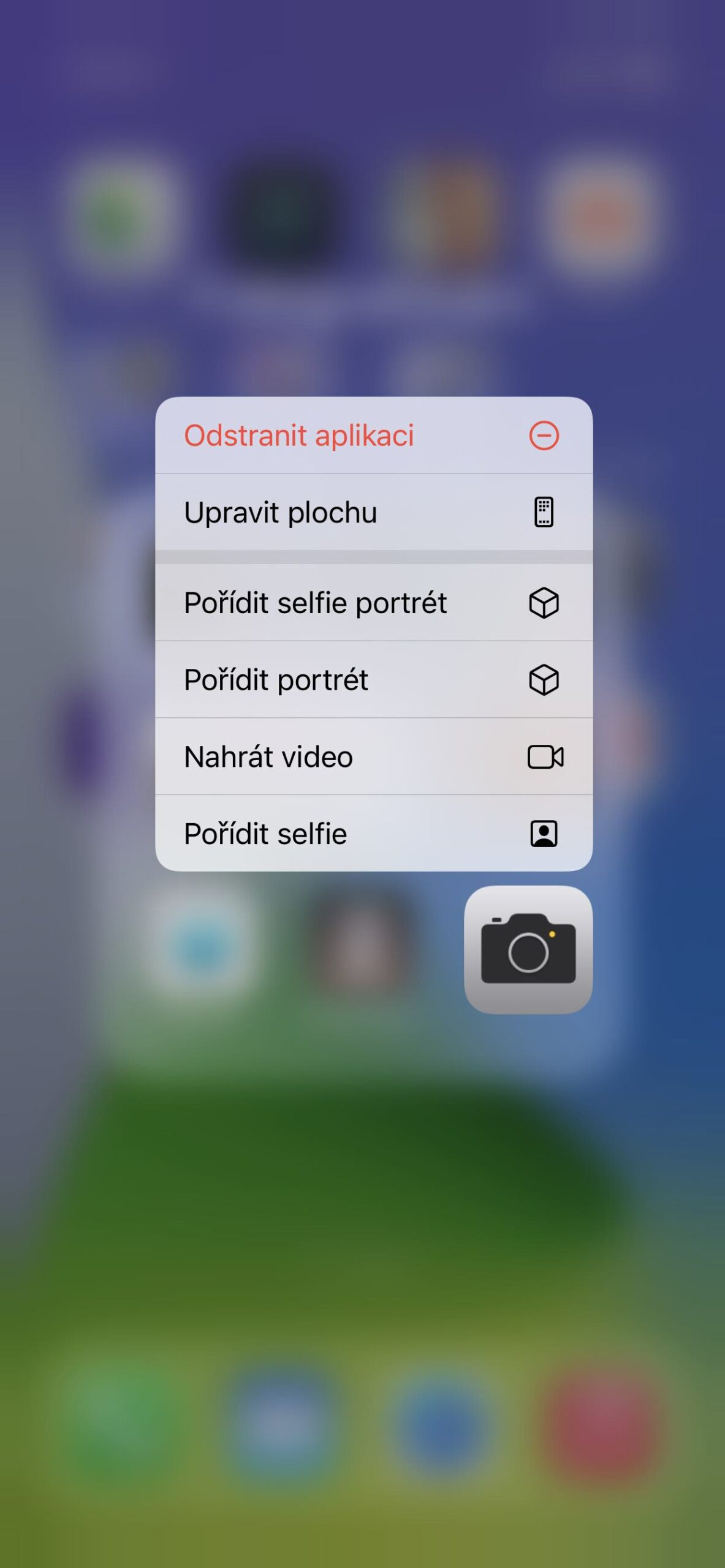
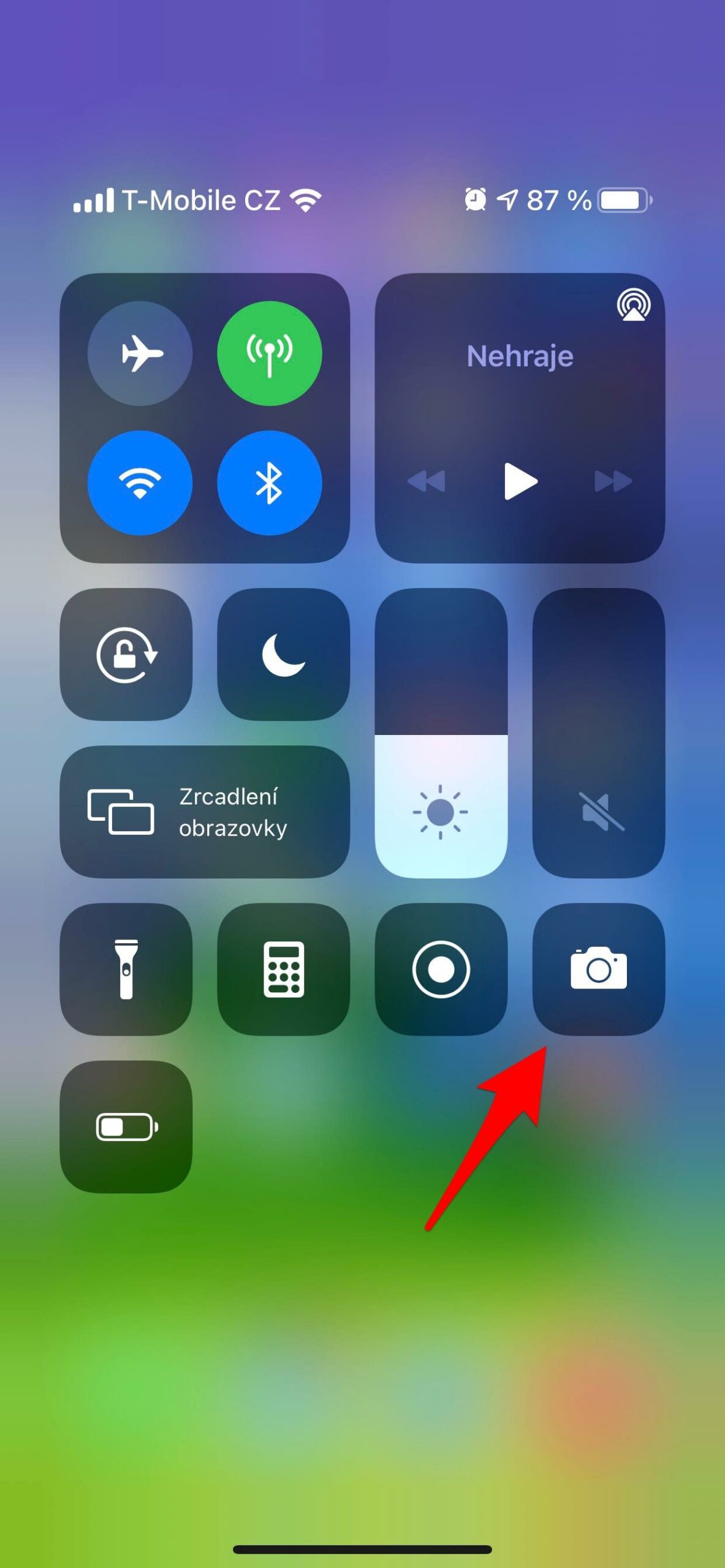
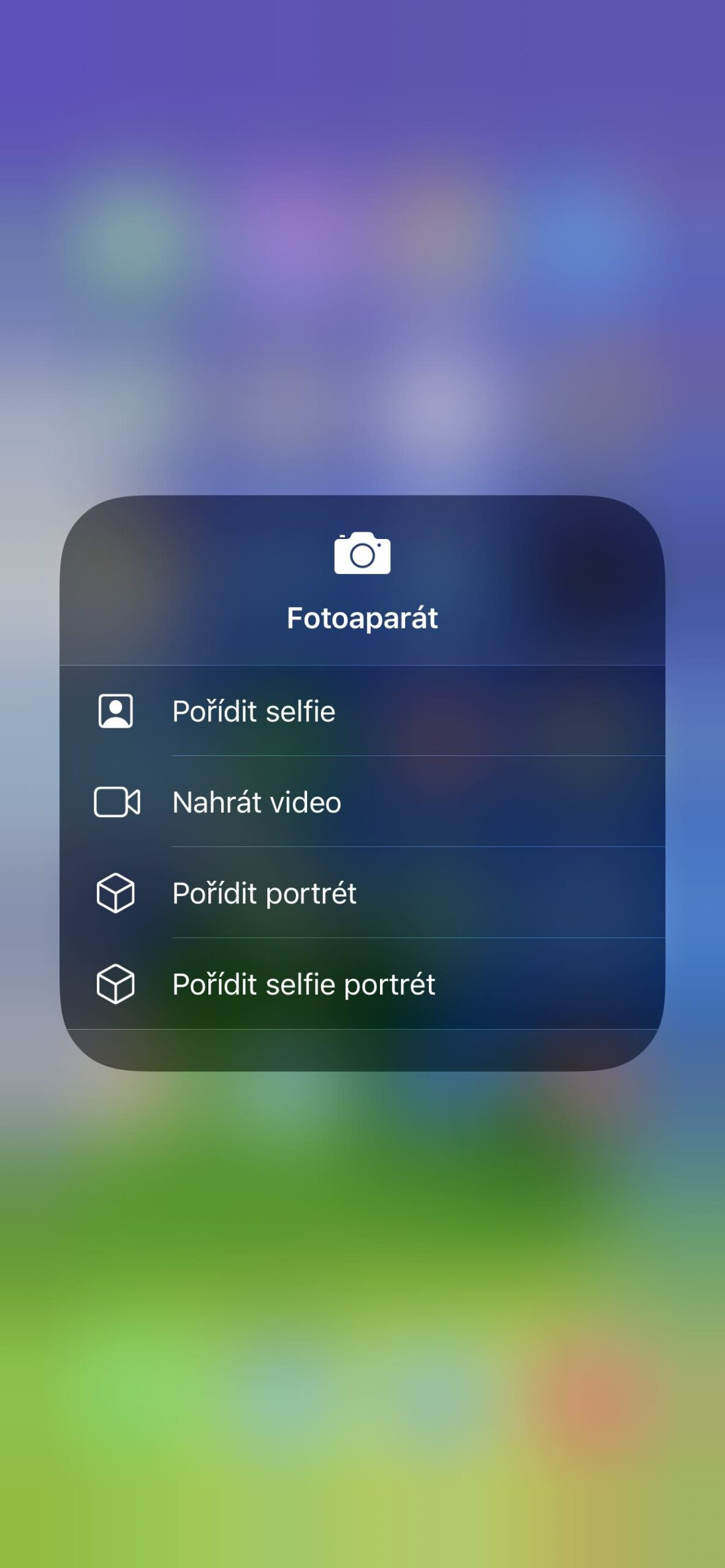
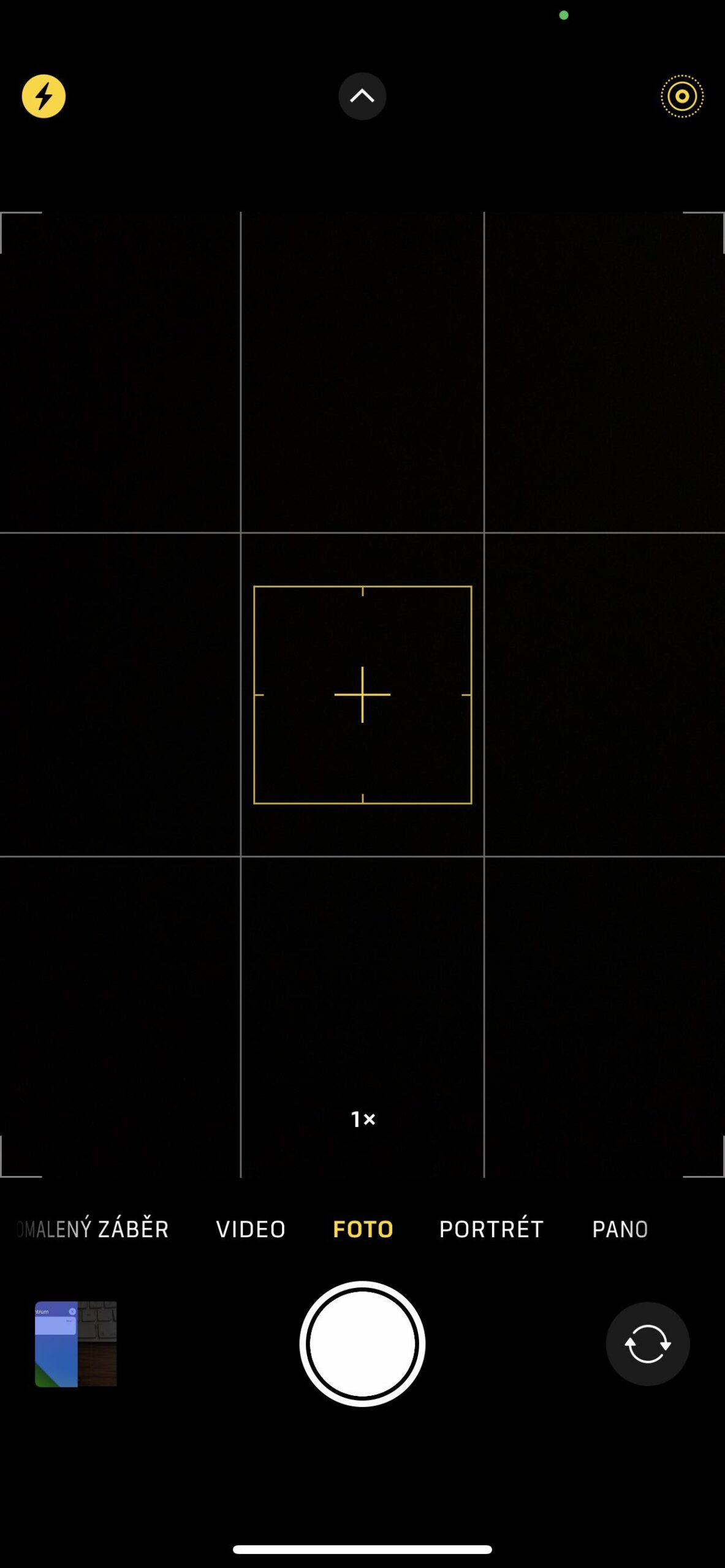



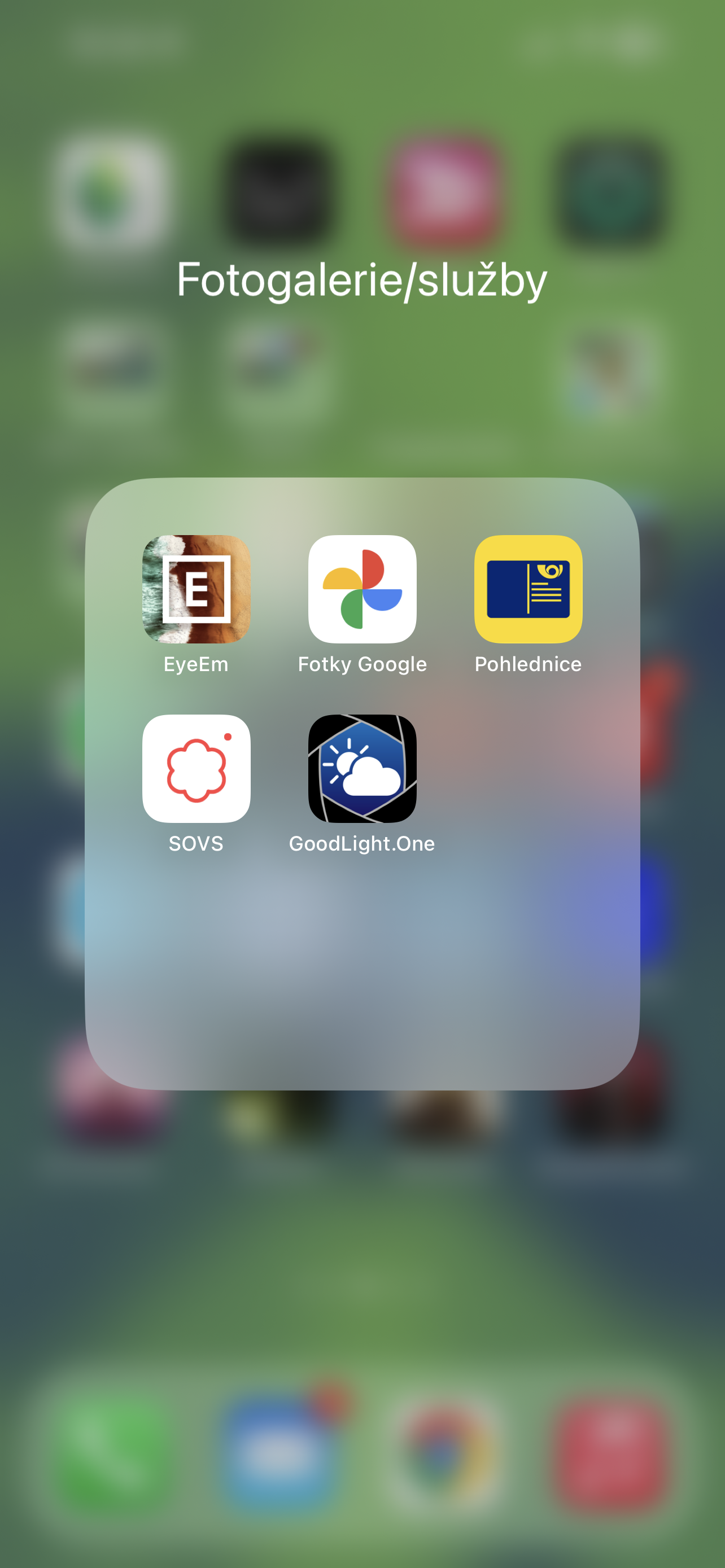


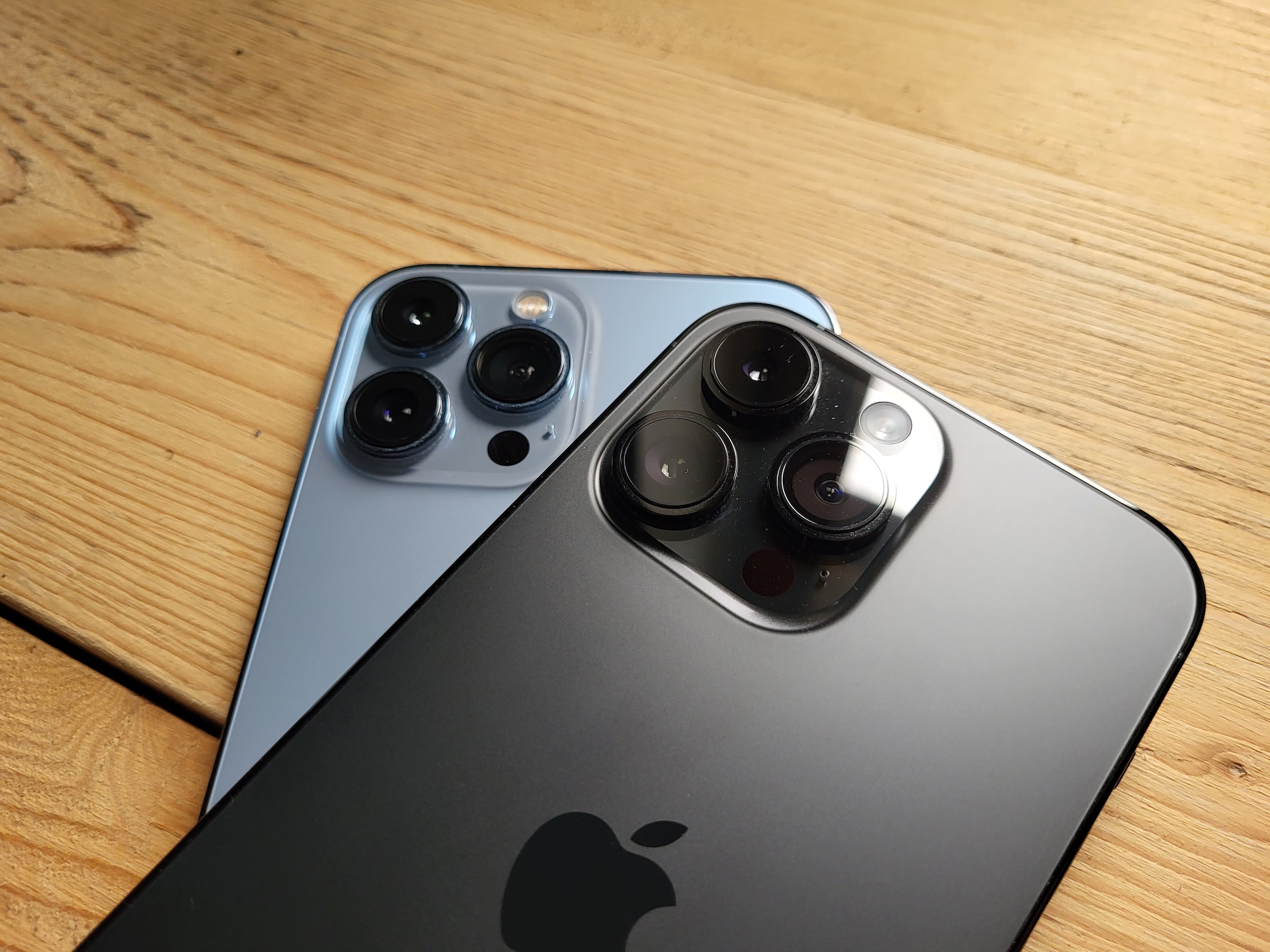
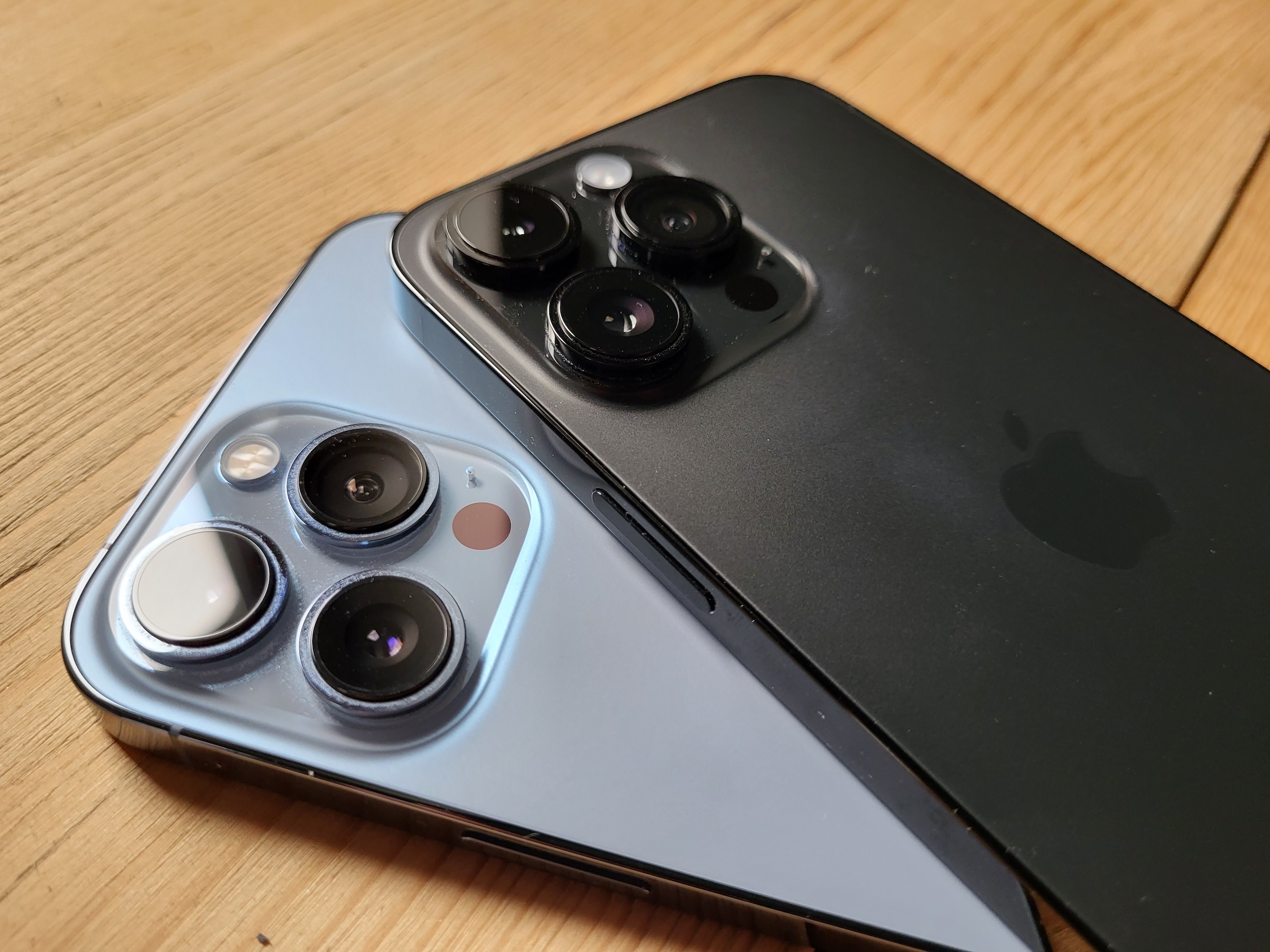
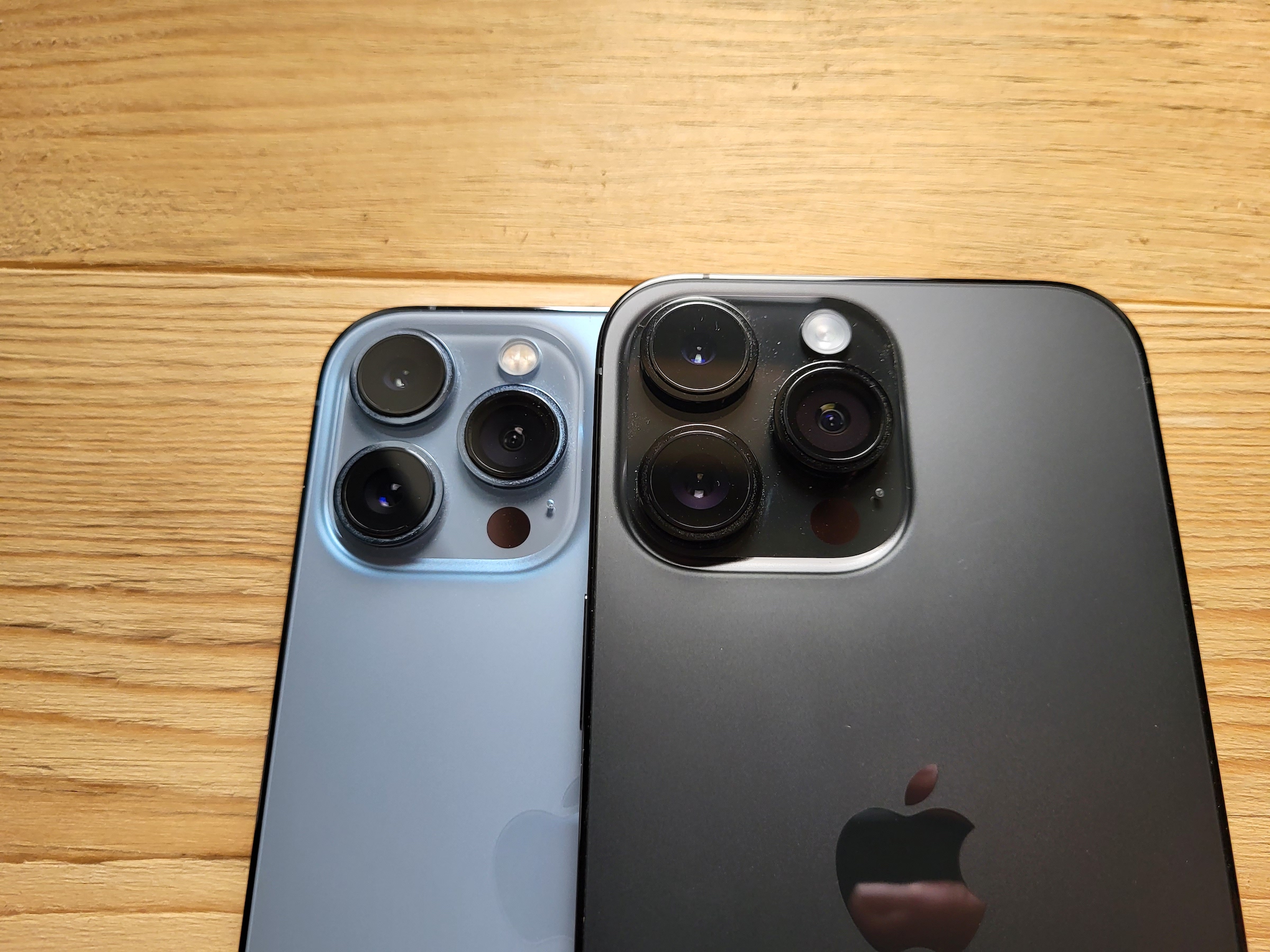
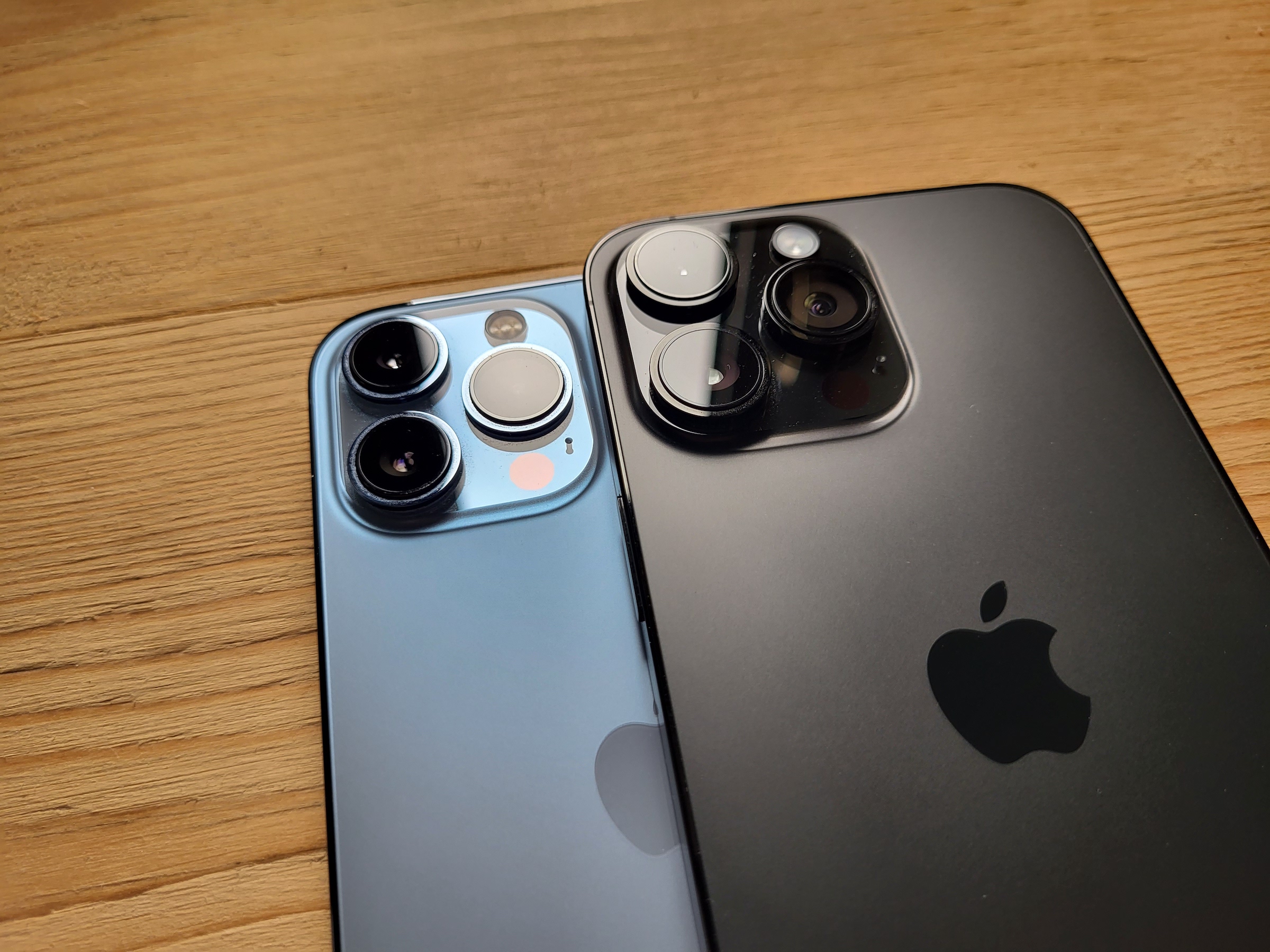
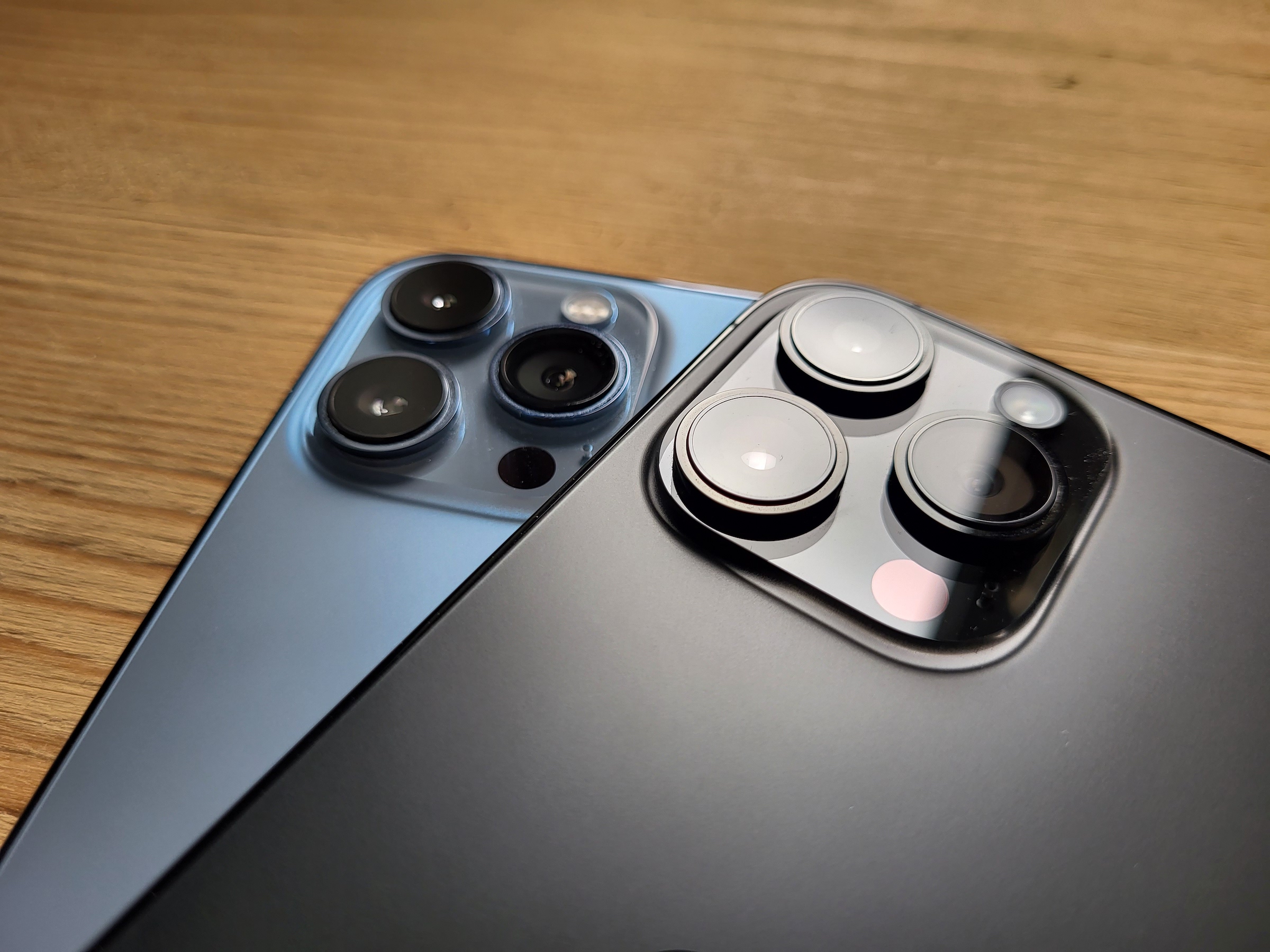

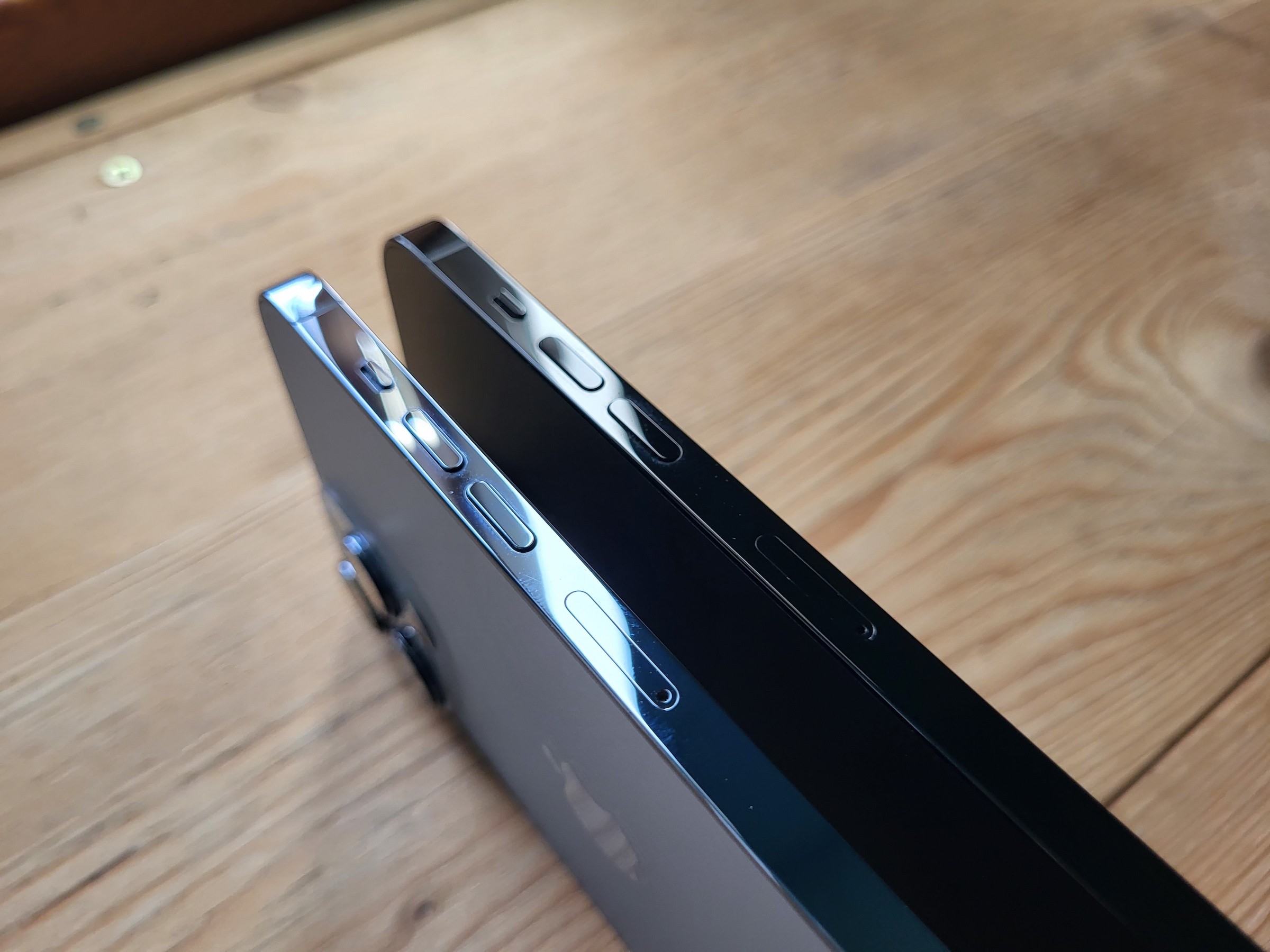
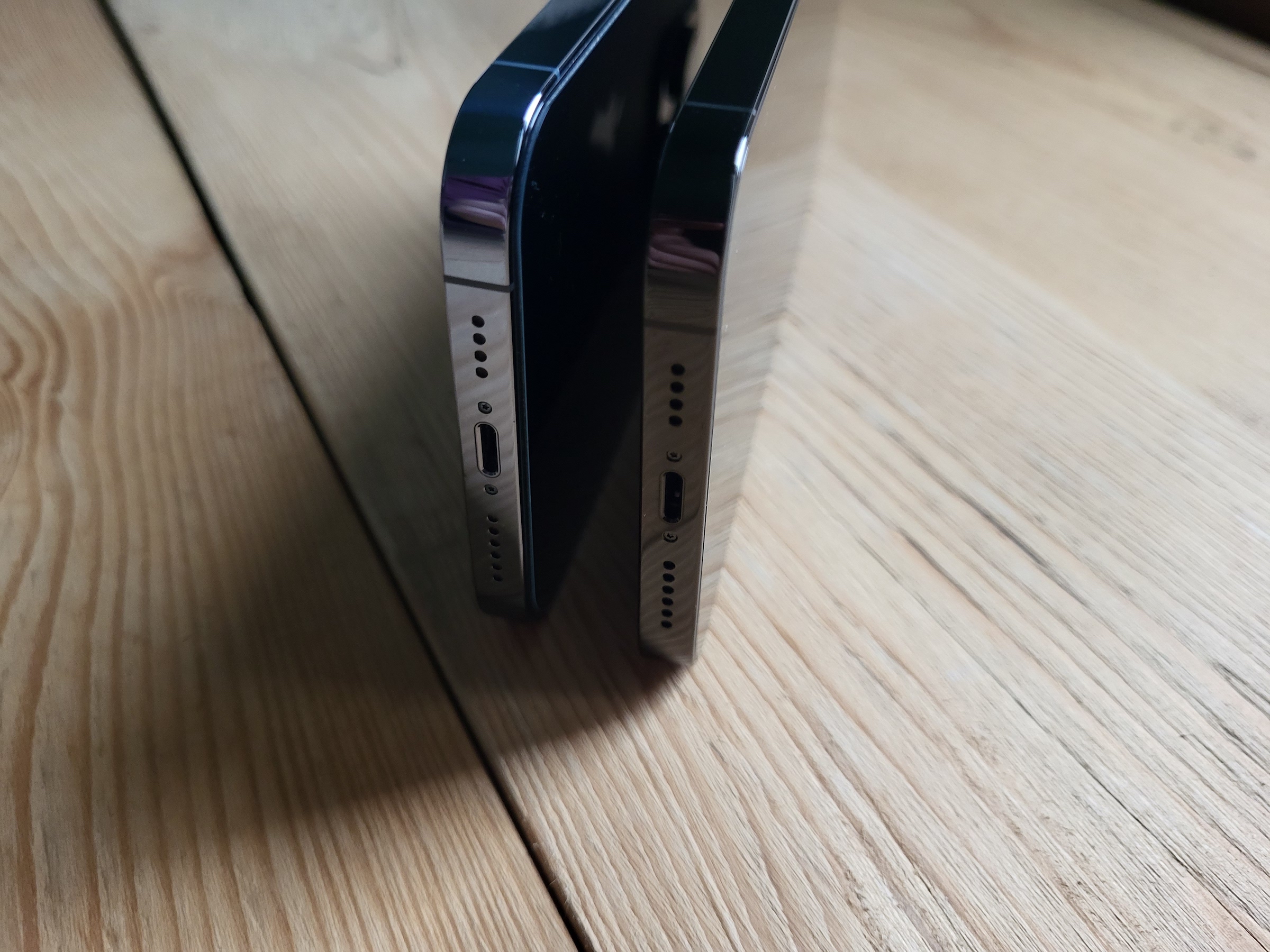


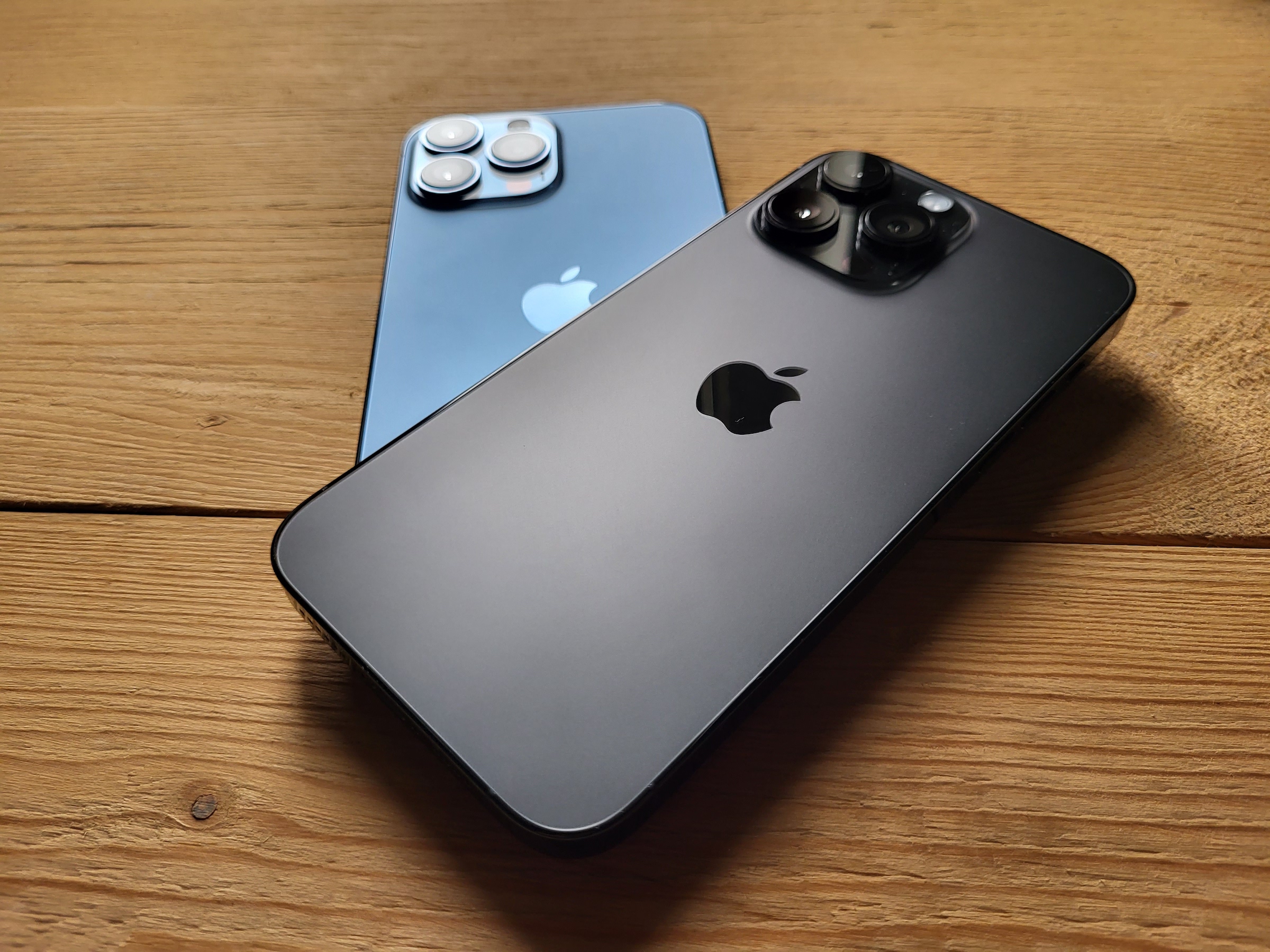
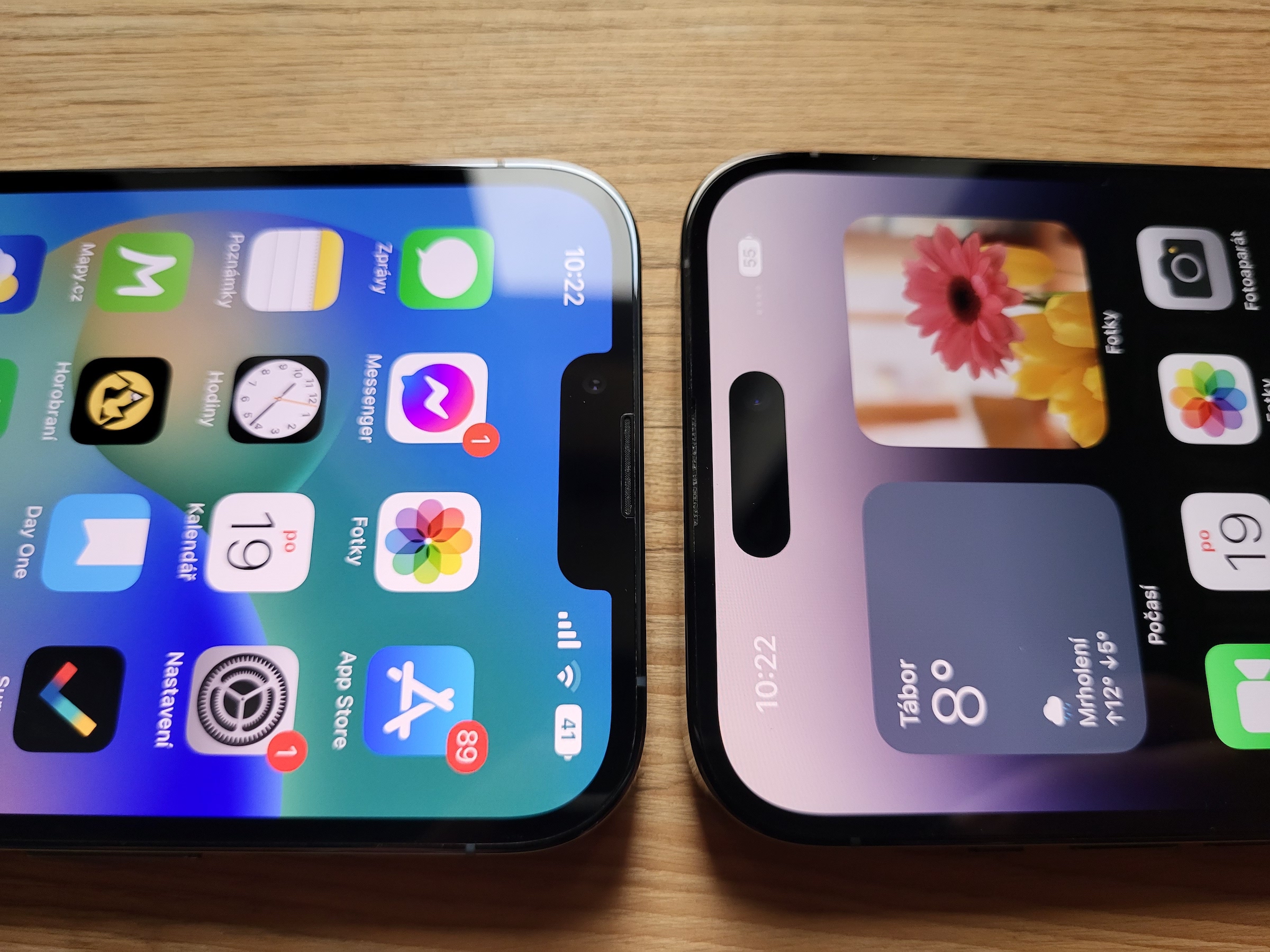
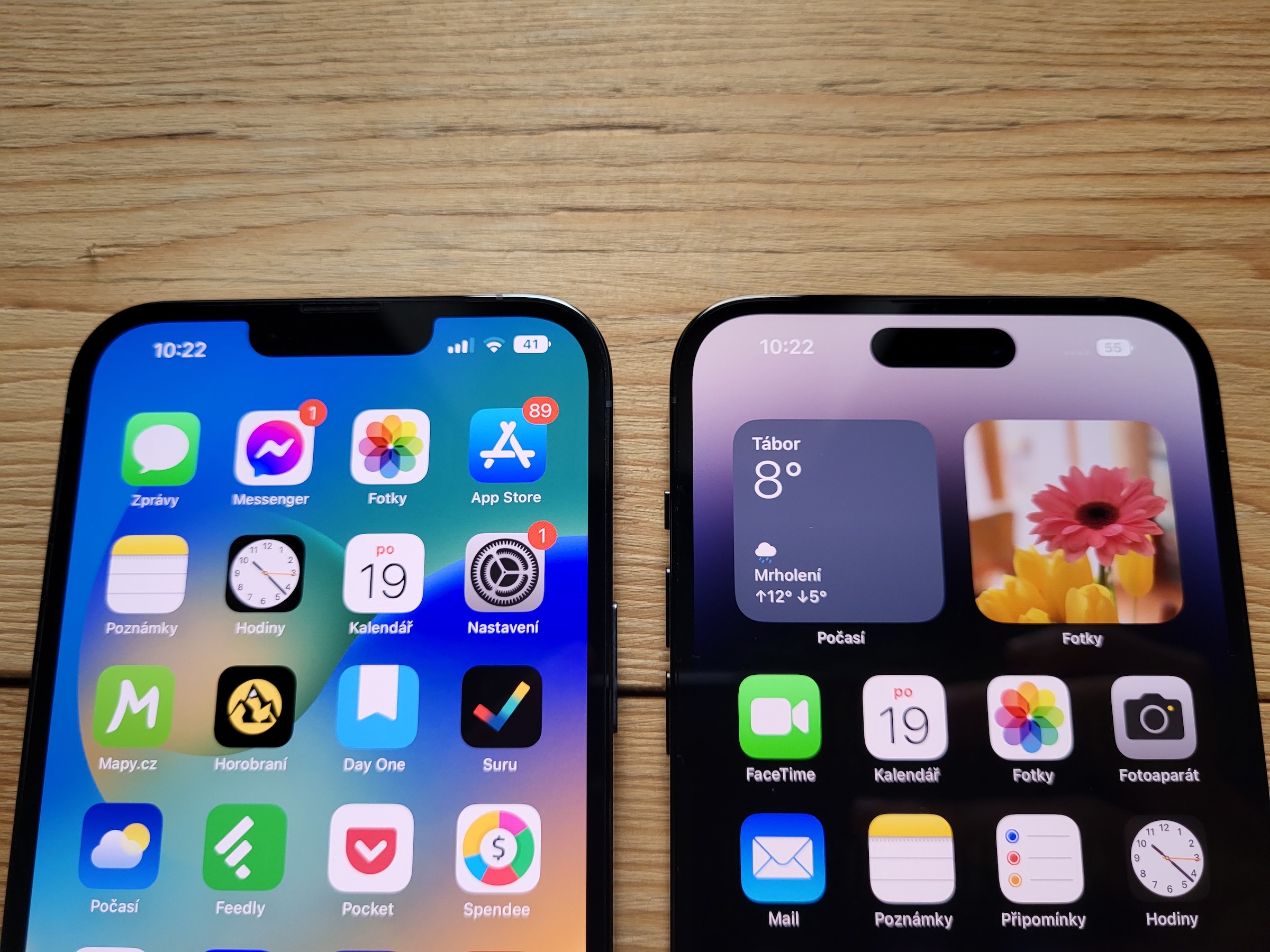
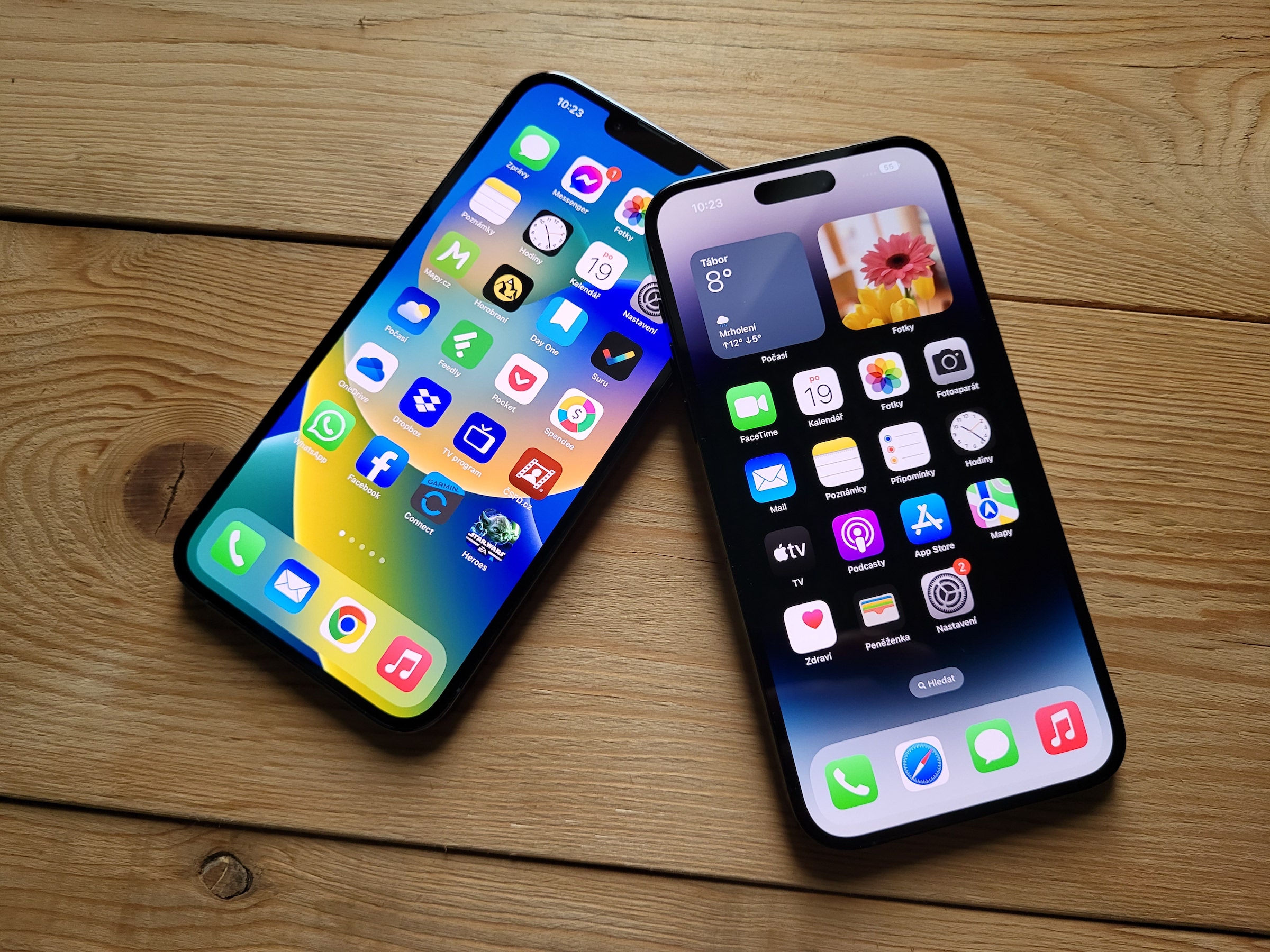
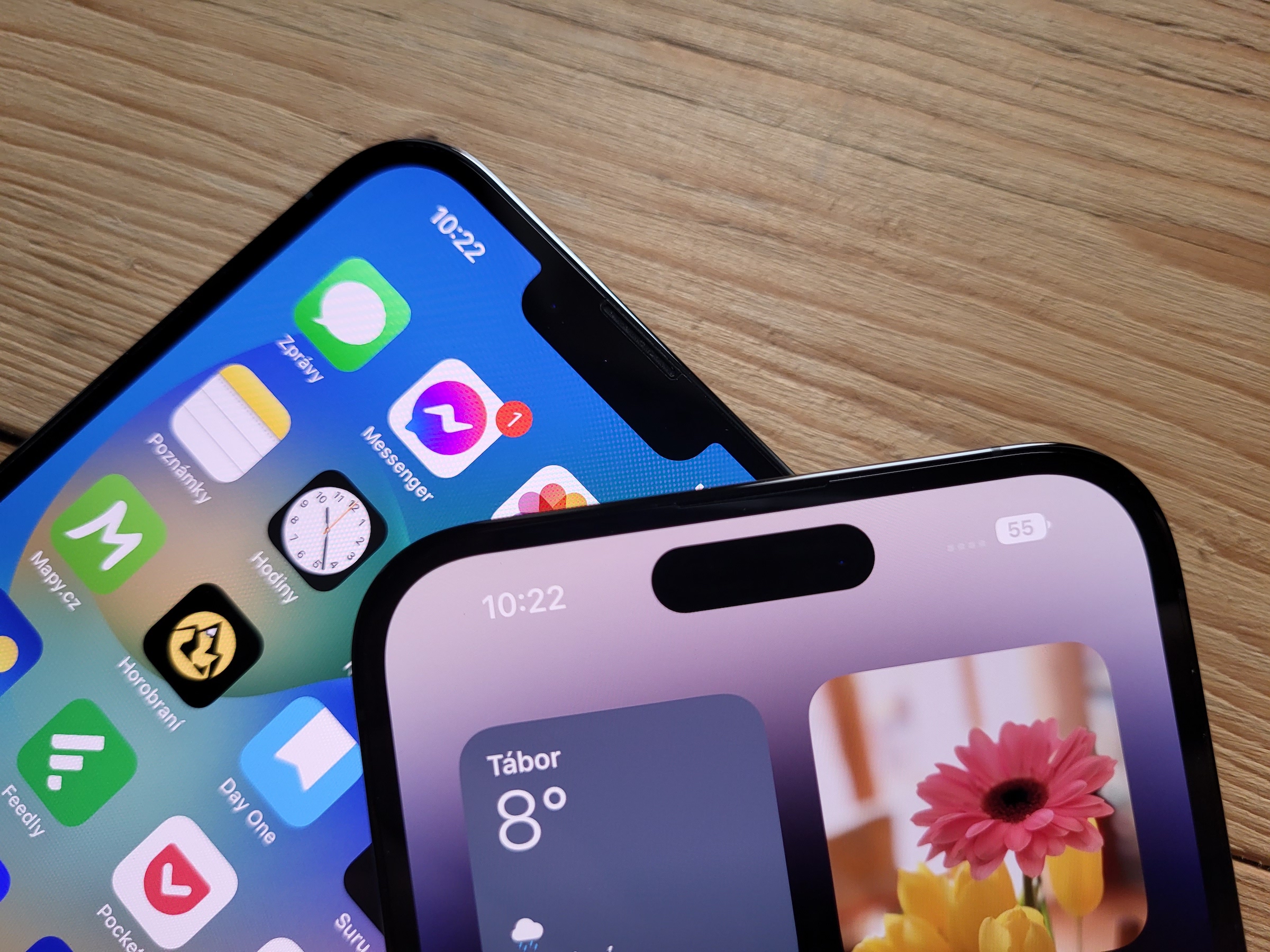
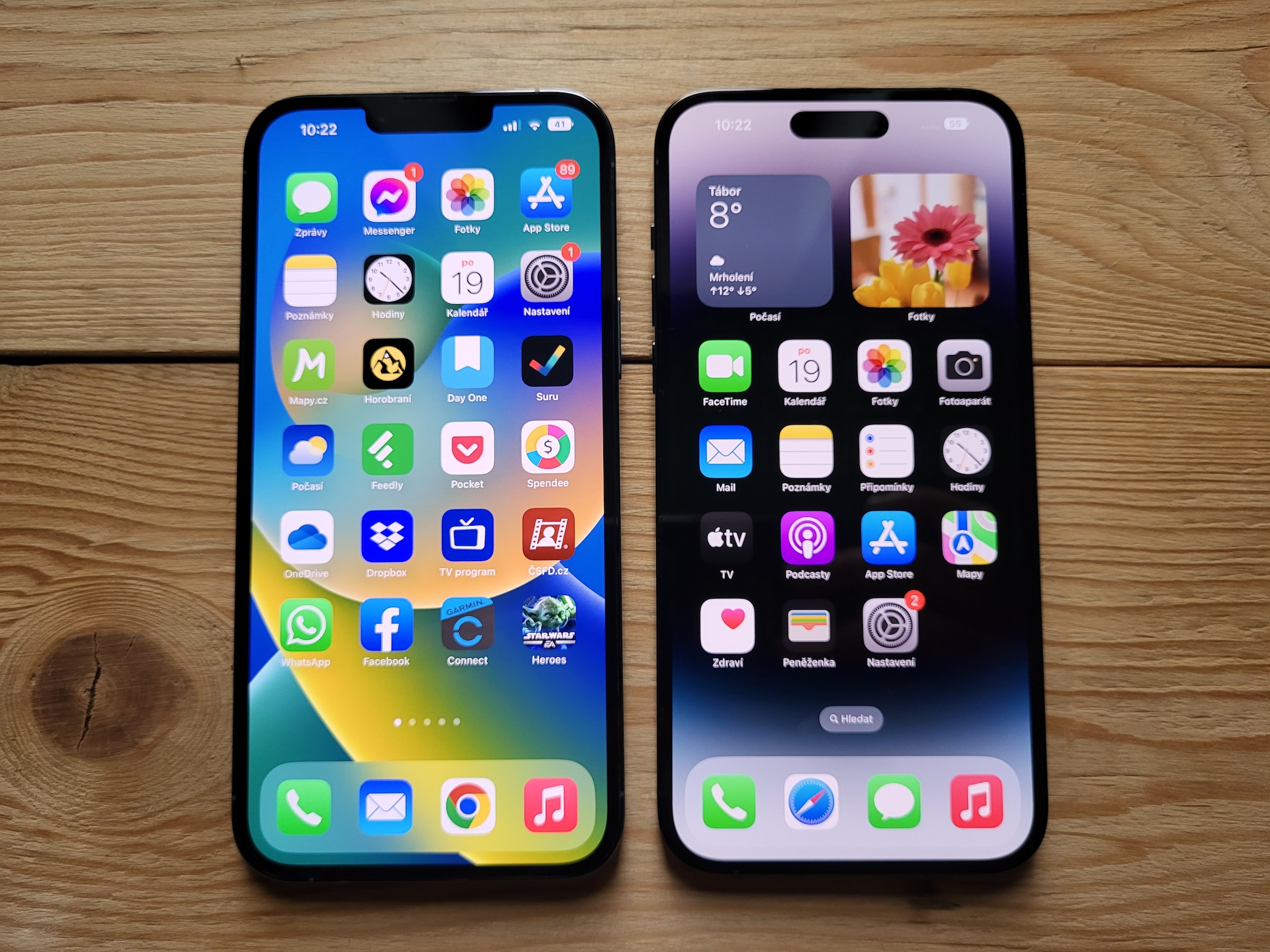
I have no reservations with the quality of the photo, but with the possibility to "play" with the settings before taking the picture. This is where the alternative comes in handy. For example paid: ProCamera. Not everyone tries, and a native application is certainly enough there.